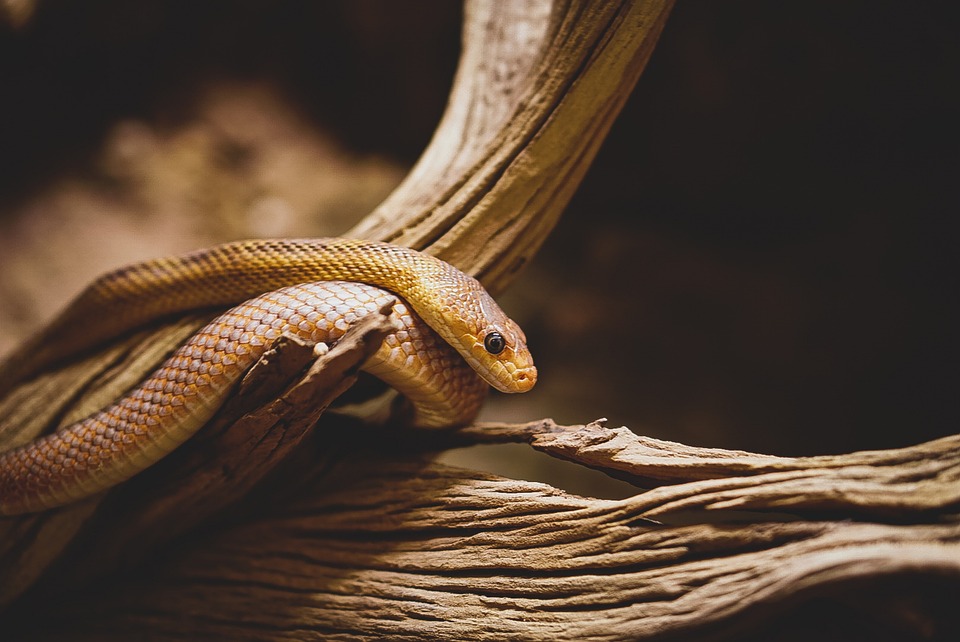While mushrooms can be a delicious and nutritious addition to any meal, there are some species in the world that are not to be trifled with. The following are some of the most toxic and deadly mushroom species known to mankind, and ingesting these could lead to severe illness or even death. As a result, it is essential to be aware of these silent killers and learn how to identify them to avoid serious consequences.
Amanita phalloides: The Death Cap
Amanita phalloides, also known as the Death Cap mushroom, is responsible for the majority of fatal mushroom poisonings in the world. This mushroom contains deadly toxins called amatoxins, which can cause liver and kidney failure, as well as death in severe cases. To make matters worse, the Death Cap can closely resemble some edible species, increasing the risk of accidental consumption.
Amanita virosa: The Destroying Angel
Another dangerous member of the Amanita family is Amanita virosa, or the Destroying Angel. This mushroom also contains amatoxins and can cause symptoms such as violent vomiting, diarrhea, and abdominal pain, eventually leading to dehydration, organ failure, and death. The Destroying Angel is aptly named, as it is one of the most toxic mushrooms on the planet.
Cortinarius rubellus: The Deadly Webcap
The Deadly Webcap (Cortinarius rubellus) is another highly poisonous mushroom known for its ability to inflict fatal kidney damage. This mushroom contains a toxin called orellanine, which can cause severe kidney dysfunction and potentially lead to death. Though the symptoms of Deadly Webcap poisoning may not appear for several days, immediate medical attention is necessary to prevent permanent damage.
Galerina marginata: The Funeral Bell
A fittingly named mushroom, the Funeral Bell (Galerina marginata) is one of the most dangerous and widespread toxic mushrooms. Like the deadly Amanita species, this mushroom contains amatoxins capable of causing severe liver and kidney failure. The Funeral Bell is particularly dangerous because it is commonly found in urban areas and can be mistaken for edible mushrooms.
Amanita muscaria: The Fly Agaric
While not as deadly as some of its Amanita cousins, the Fly Agaric (Amanita muscaria) is still a poisonous mushroom that should be avoided. The Fly Agaric contains ibotenic acid and muscimol that can lead to hallucinations, agitation, and seizures. Though there have been a few reported fatalities, Amanita muscaria poisonings are typically not life-threatening and are more likely to cause an uncomfortable, disorienting experience.
Conclusion
These are just a handful of the many poisonous mushrooms in existence, and the common thread is that great care should be taken when foraging or consuming wild mushrooms. Proper identification is crucial, and when in doubt, do not eat. Engaging in foraging courses or seeking the help of knowledgeable guides is recommended, especially if you are inexperienced or new to the area. Stay safe and always have a healthy respect for the powerful and silent killers of the mushroom world.
Frequently Asked Questions (FAQ)
- How can I tell if a mushroom is poisonous?
It can be challenging to differentiate poisonous mushrooms from edible ones, as many have similar appearances. Proper identification is critical, and if you are unsure, do not consume the mushroom. Beginners are encouraged to consult field guides, attend foraging workshops, or seek expert advice. - What should I do if I think I have consumed a poisonous mushroom?
If you suspect you have ingested a poisonous mushroom, seek medical help immediately. Early treatment can make a significant difference in outcomes, and symptoms can vary depending on the type of mushroom consumed. Bring a sample or photograph of the mushroom for identification if possible. - Can cooking or boiling poisonous mushrooms remove the toxins?
Generally, cooking or boiling will not remove the toxins from poisonous mushrooms, and they will remain dangerous even after being prepared. Proper identification and avoidance of toxic species are essential to ensure safety.

No responses yet